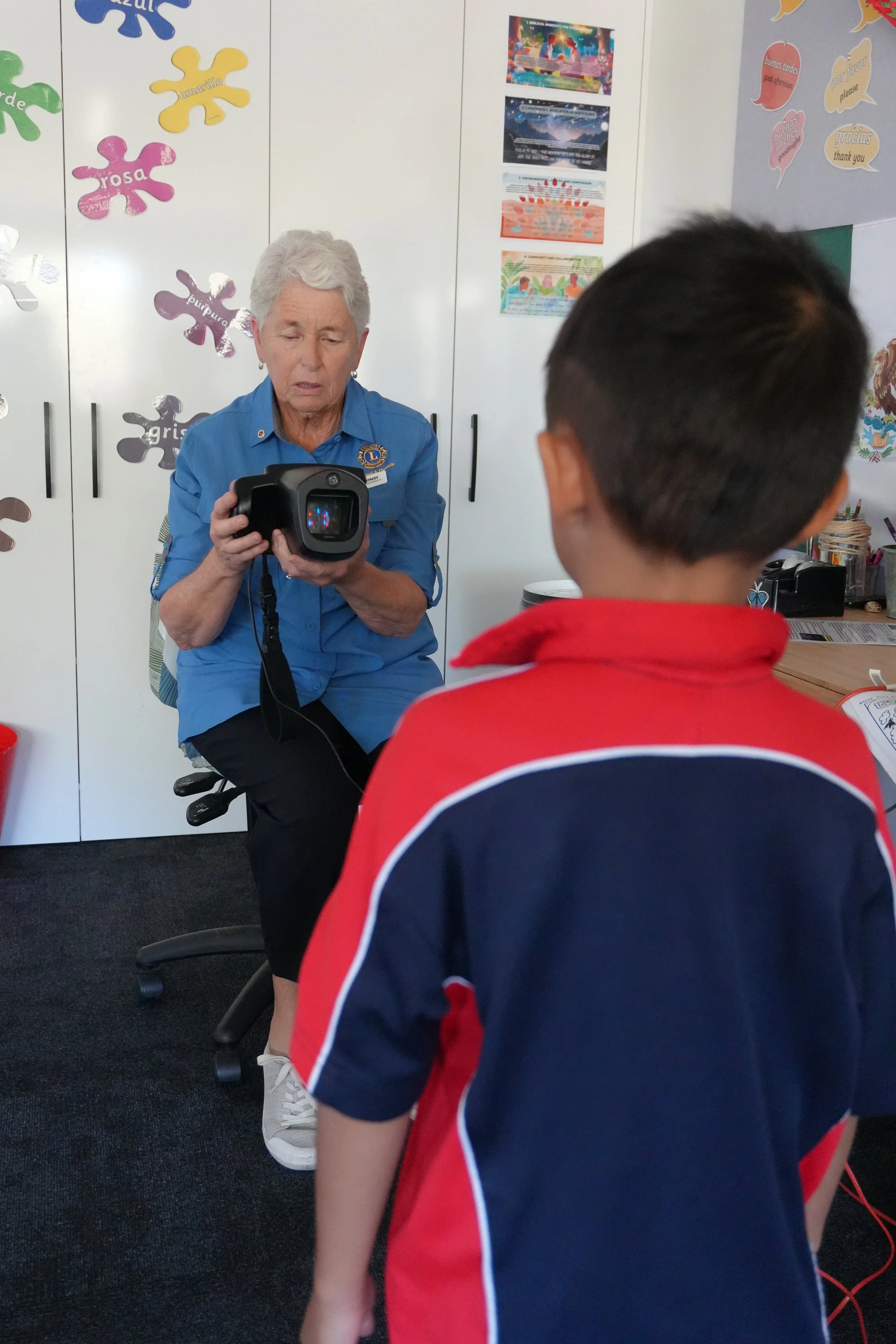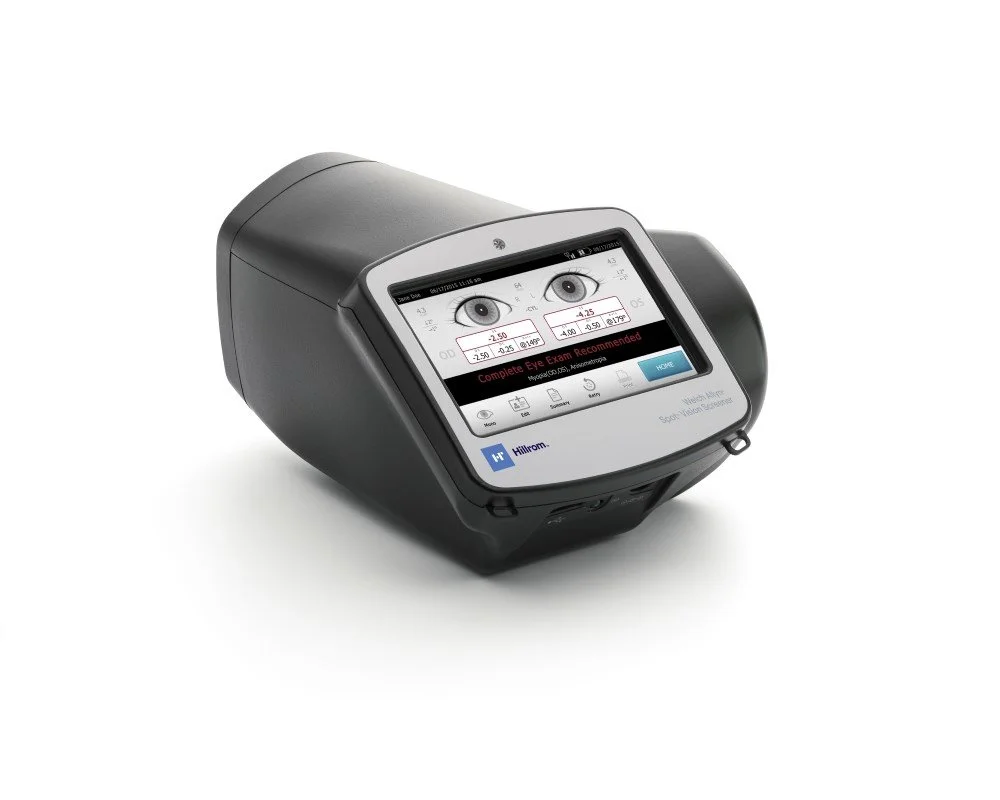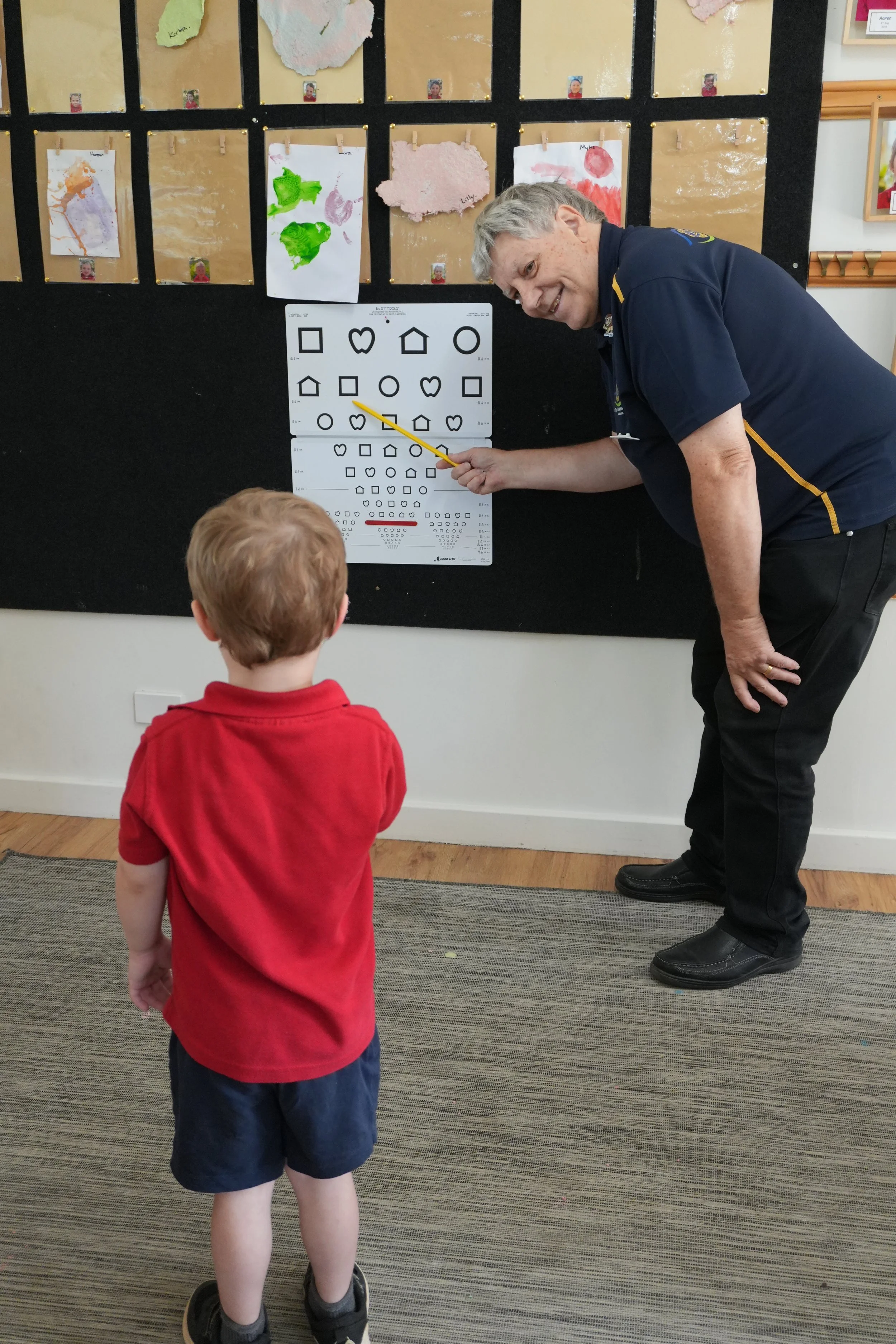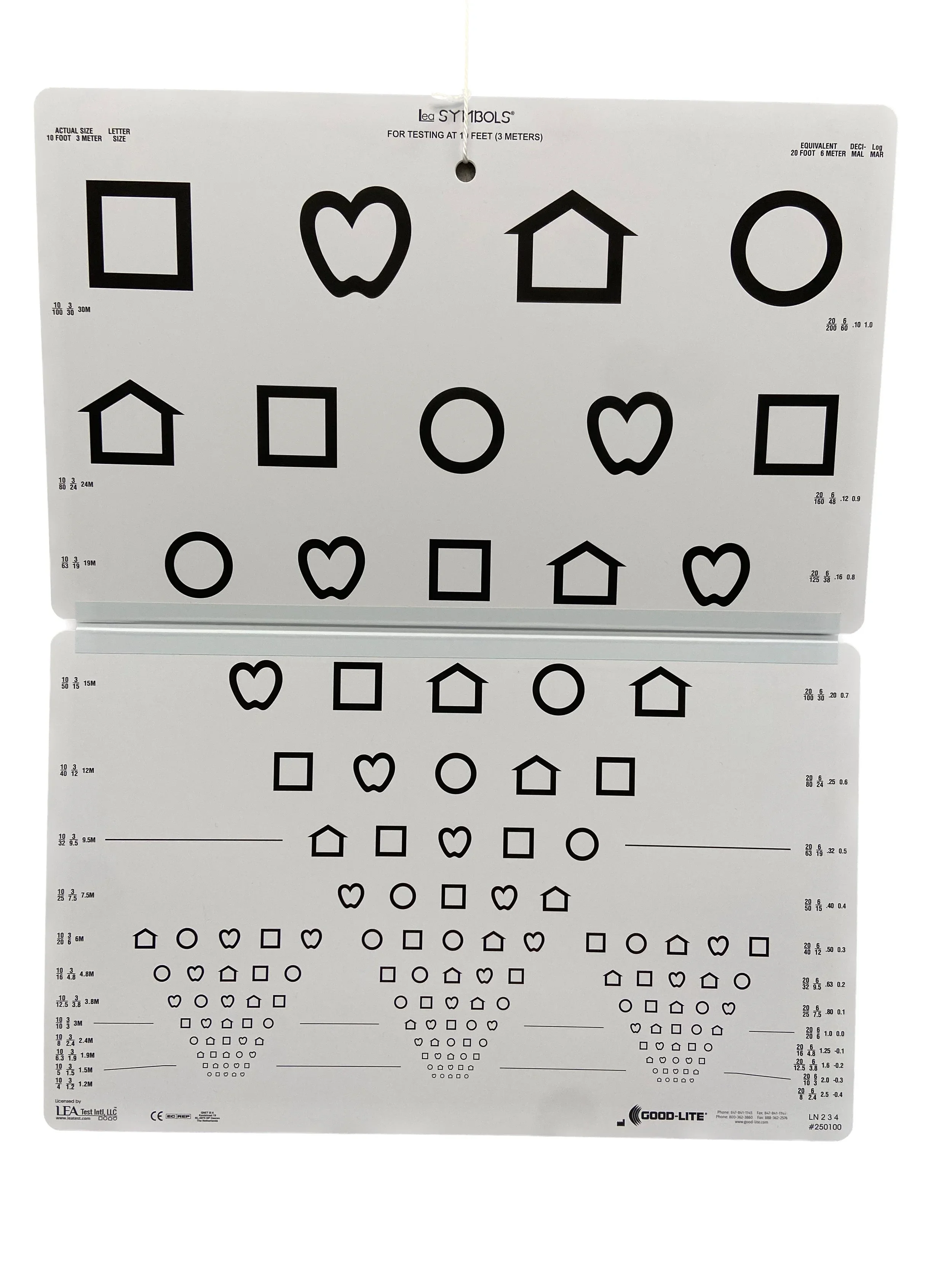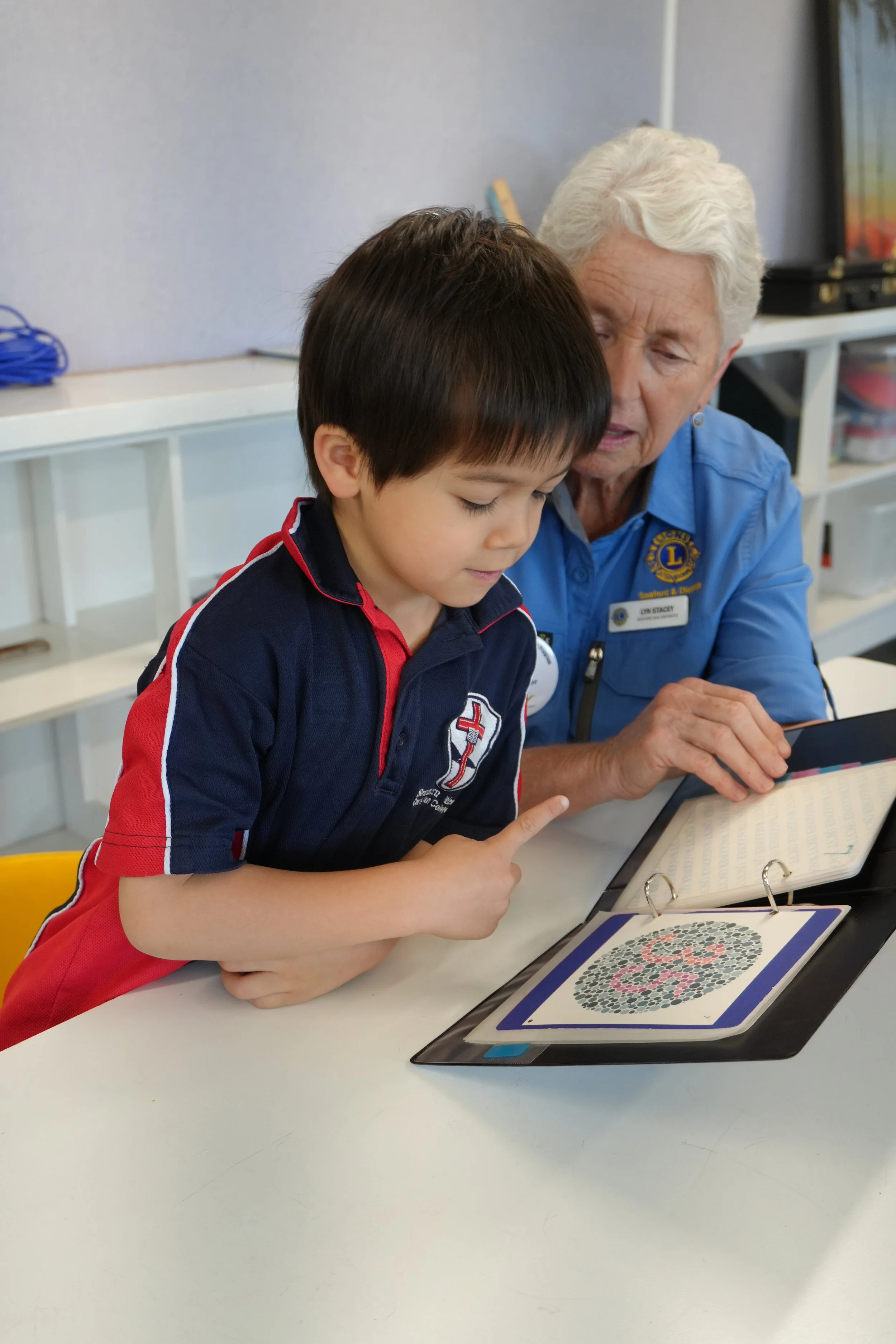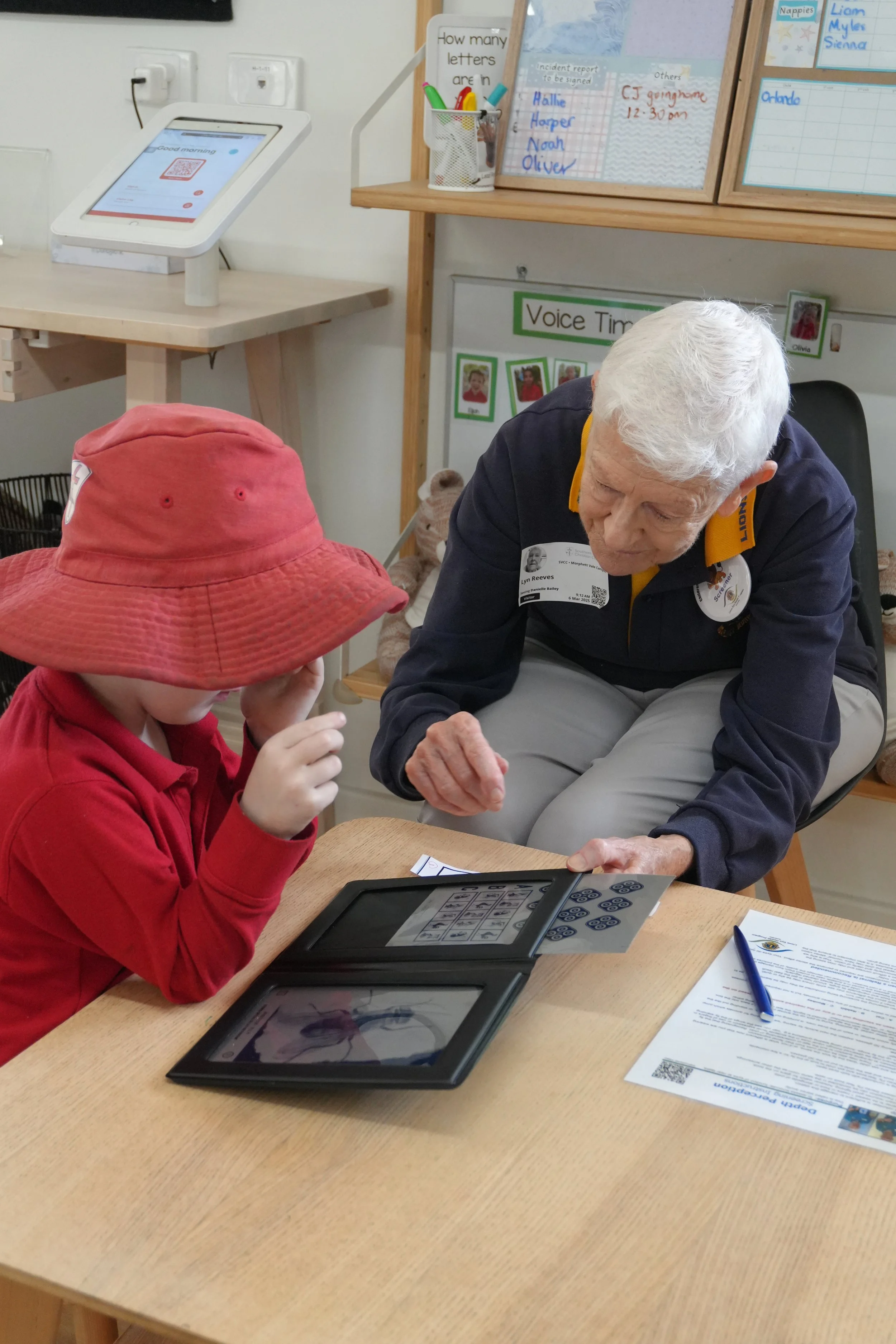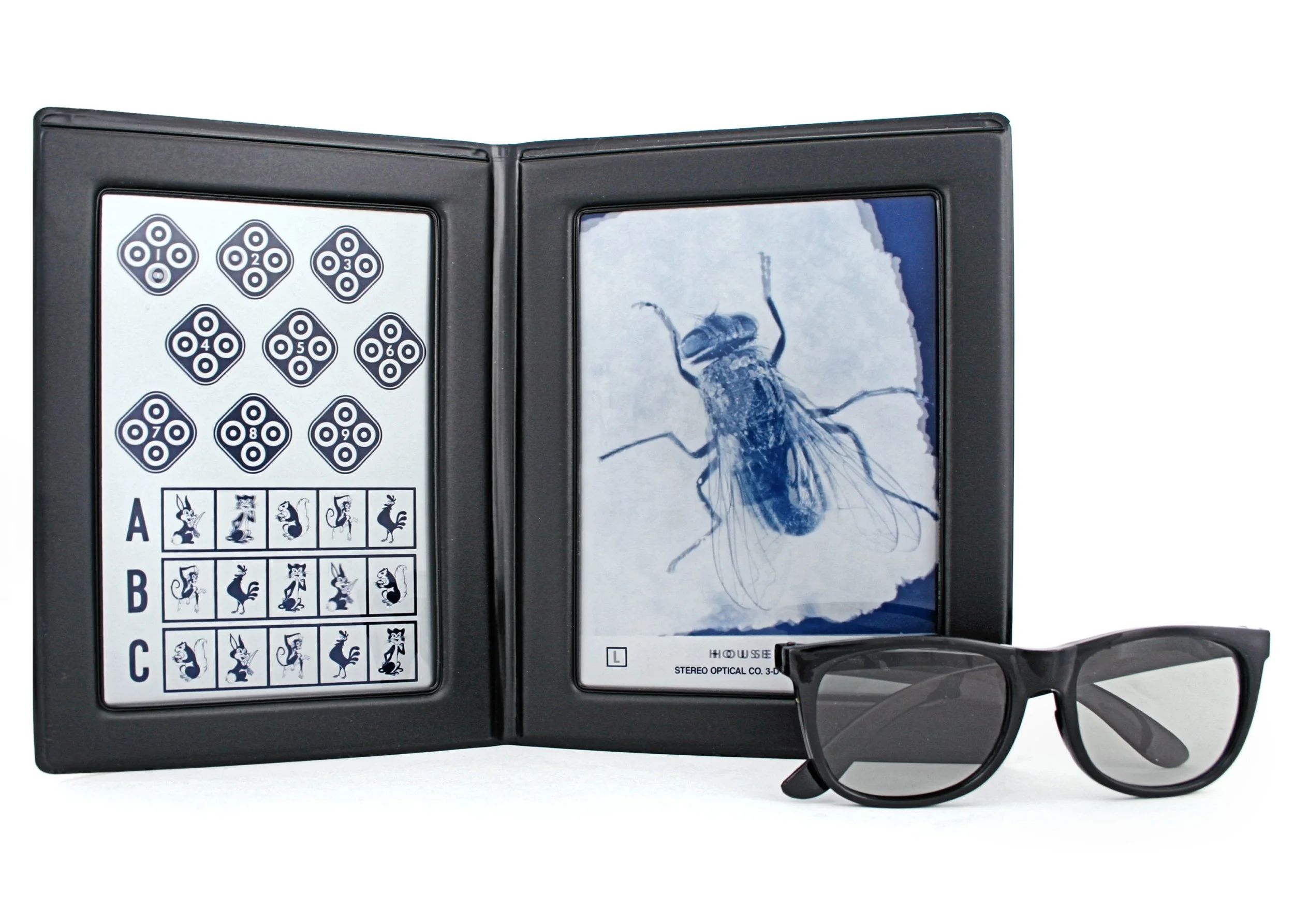
Children’s Vision Screening Program
Facts
about Children’s Vision
Did you know?
80% of a child’s learning is processed through their eyes.
Along with allergies and asthma, eye disorders are the most common long-term health problems suffered by children.
In fact, 1 in 5 children have an undetected vision condition. It is important to pick up any problems as soon as possible to reduce the impact on their development.
Most children will accept vision problems and adapt to their poor vision. They rarely complain as they believe everyone sees the world just like they do and don’t know that they could be seeing things clearer.
All children should have a full eye examination before starting school and then regularly as they progress through primary and secondary years of their education.
We believe that LEHP’s national Children’s Vision Screening Program is the most comprehensive screening program available in the country.
Our free Vision Screening is provided to children from 3 years old, in childcare centres, schools, sporting clubs or community groups.
We provide a screening service only. If you have concerns about your child’s vision, please book an appointment with a local optometrist for a full eye examination.
Screening Activity Stations
Spot Vision Screener
To detect any vision issues associated with:
Myopia (nearsightedness)
Hyperopia (farsightedness)
Astigmatism (blurred vision)
Anisometropia (unequal refractive power)
Binocular Vision (eye misalignment)
Anisocoria (unequal pupil size)
The Spot Vision Screener is a state of the art piece of equipment that takes a photo of the child’s eyes. It screens for Myopia, Hyperopia, Astigmatism, Anisometropia, Strabismus and Anisocoria. A technical report is produced, that can be downloaded from the device.
Visual Acuity
Purpose: To determine how sharp vision is a longer distances.
Visual Acuity is tested using a Lea Symbol Chart. From a 3m distance, the child is asked to the read symbols on a chart. They are asked to perform the task with both eyes together and then separately with their left and right eyes. This helps to determine how sharp vision is at longer distances.
Colour Vision Perception
Purpose: To determine if the child perceives colour as most people do.
Colour Vision is checked by asking children to identify the numbers on different coloured backgrounds, which determines whether colours are being perceived normally.
Stereo Depth Perception
Purpose: To assess the binocular function of the eyes at near tasks.
Depth Perception is observed using an image of a fly and animals in boxes. Wearing 3D glasses, the child is asked if they can see the fly jumping out at them and which animal is trying to escape from their box. This shows if a child can determine distances between objects and sees the world in 3D.
Testimonials
-
“Without you checking my 7yr old daughter’s eyes at school and flagging her for further testing we wouldn’t have been alerted to her Astigmatism. So again, thank you.”
Parent, Western Australia
-
"The LEHP volunteers are professional, very organised, had great communication when planning their visit and above all very passionate about their work...I personally believe that this program can be beneficial for all schools. LEHP are quick but thorough with their testing and I couldn't have been more grateful for their work at our school, which allows me to recommend them and their services to schools with confidence."
School Principal, Victoria
-
“We had absolutely no idea that there was an issue and would have been none the wiser if not for the service you have provided. Had this not been picked up, my daughter’s eyes may have had developmental issues causing vision problems later in life... We feel very lucky and are very grateful that this assessment was done for her.”
Parent, South Australia
For more information download the Children's Vision Screening Program brochure:
To enquire about booking a children’s vision screening session, please contact the National Office:


